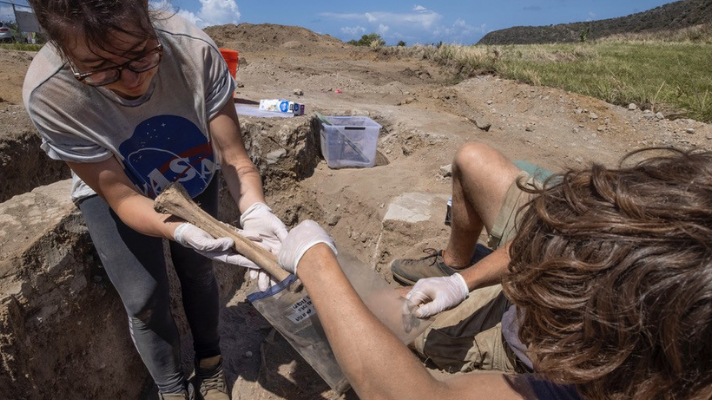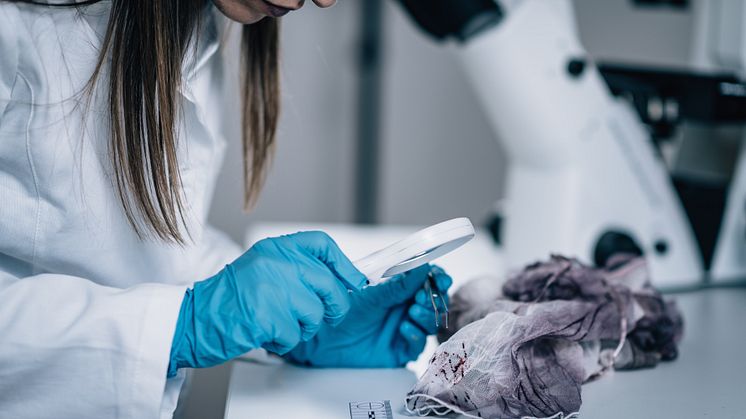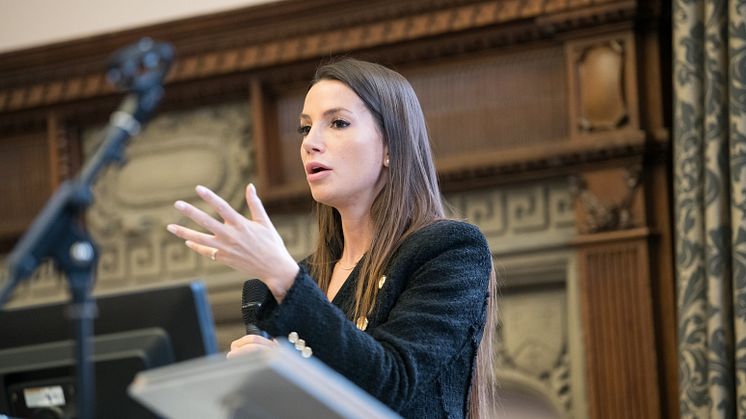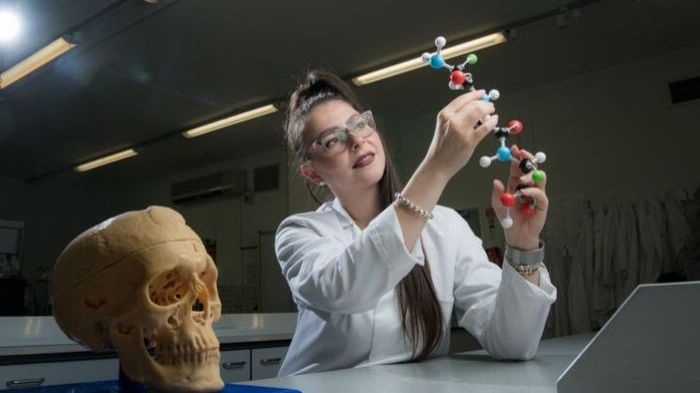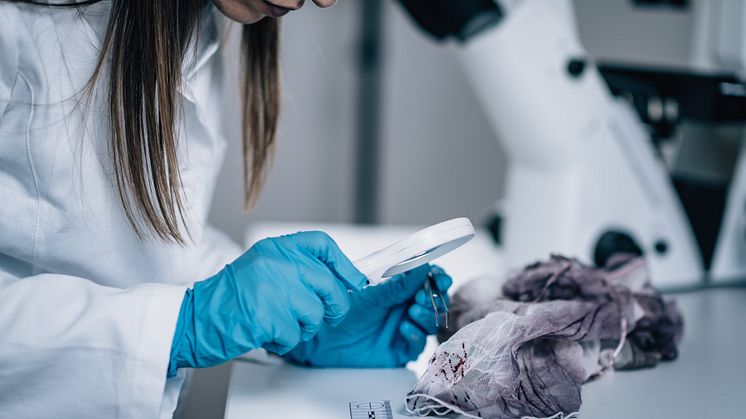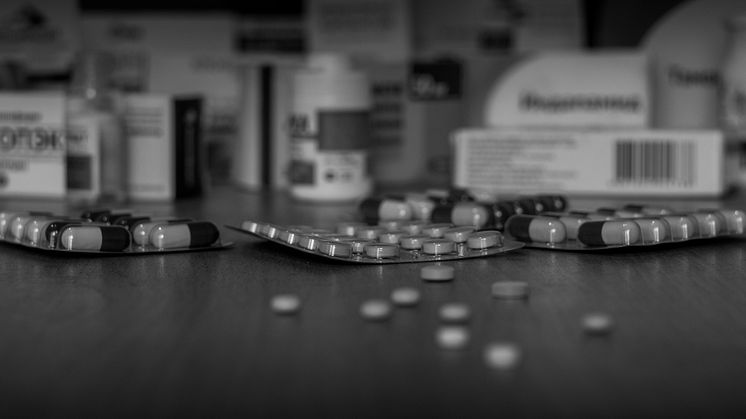
Press release -
Breakthrough forensic approach to help crack down on the sale of fake drugs
Fake medicines are one of the biggest health problems in the world today.
The International Criminal Police Organization (INTERPOL) saw a rise in fake medical products related to the outbreak of COVID-19, including counterfeit facemasks, substandard hand sanitisers and unauthorised antiviral medication, when it led an international operation in March 2020.
During the operation 121 people were arrested and more than 2,500 websites were taken offline.
Dr Matteo Gallidabino, an expert in forensic science at Northumbria University, has worked with Professor Francesco Saverio Romolo, a world-leading forensic scientist from the University of Bergamo, in Italy, to develop a new method of testing that quickly and accurately characterises illegal pharmaceutical products, assessing their risk to human health, while also speeding up the exchange of data between laboratories around the world.
Their method is unique and is based on nuclear analysis techniques – the use of neutrons and protons – to analyse illegal medicines. They are working with the support of the International Atomic Energy Agency (IAEA), the world's central intergovernmental forum for scientific and technical co-operation in the nuclear field, seeking to promote the safe, secure, and peaceful use of nuclear technologies.
“Illegal medicines can contain toxic chemical substances and need comprehensive analytical approaches,” said Dr Gallidabino. “Full analysis of these medicines at an elemental level provides the most comprehensive technique we have to date. It allows both early warning whenever there is a serious threat to public health, as well as providing effective and easily sharable information about the manufacturing and the supply chain of illegal products.”
Professor Romolo, who has more than 25 years of experience in crime scene investigation and chemical analysis related to major criminal cases around the world, says that it is still challenging today to exchange data between different forensic laboratories because the analytical techniques used are not ‘as standard’ on a global scale.
“International collaborations between countries are difficult and, in a lot of cases, between laboratories in the same country,” he said. “In policing this is what is known as ‘linkage blindness’ – where police departments fail to share information that connects criminal activities, because of a lack of cooperation or information-sharing technology.
“To effectively protect public health and to allow criminal investigation, we cannot keep facing global issues with local approaches.
“This new method is invaluable for intelligence, investigation and criminal prosecution as information can be shared quickly and accurately among laboratories around the world.”
Selling fake medicines is big criminal business, given the products’ high profit margins and the low risks of detection and prosecution, weak penalties, and the ease in which buyers can be deceived into believing that the counterfeit products are genuine.
Dr Gallidabino and Professor Romolo tested their new technique specifically on Viagra, which is the most counterfeit medicine in Europe and the USA. However, it could be applied to a large range of different products, not only medicines, but also supplements and foods, as well as drugs of abuse such as cannabis, cocaine and heroin.
“This is an exciting alternative to current testing approaches,” said Dr Gallidabino. “We can protect public health by drilling down exactly what is contained in potential harmful and even life-threatening illegal medicines”.
“As this method can be applied to drugs of abuse, it can be used to establish associations between drugs hauls around the world and help policing, especially when dealing with large criminal organisations.”
The research carried out in Brazil, Italy, Jamaica, the Netherlands and United Kingdom, was developed thanks to a coordinated research project of the International Atomic Energy Agency (IAEA). Other laboratories around the world are now collaborating on using nuclear analytical techniques in forensic science.
The full research paper, published in scientific journal Talanta, can be read here
Topics
Categories
Northumbria is a research-rich, business-focused, professional university with a global reputation for academic excellence. Find out more about us at www.northumbria.ac.uk --- Please contact our Media and Communications team at media.communications@northumbria.ac.uk with any media enquiries or interview requests ---







